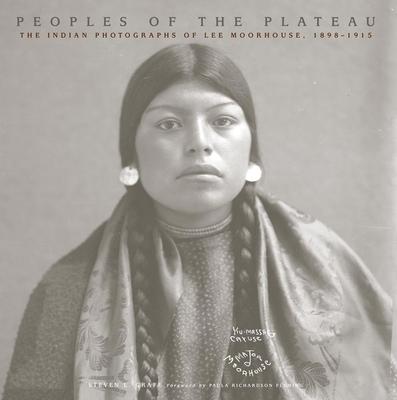The remarkable photographs in Peoples of the Plateau capture the lives of Pacific Northwest Indians at the turn of the twentieth century--and at a turning point in their own history.
The Columbia River Plateau, in the interior Pacific Northwest, was populated for centuries by the Umatilla, Walla Walla, and Cayuse Indians. By the late nineteenth century, after the U.S. government had confined these peoples to a single reservation, their lives began to change irrevocably. Major Lee Moorhouse, a businessman and former militia officer, served as an Indian agent during this period. Believing that the Indians he encountered were a "dying race," Moorhouse was driven to collect their artifacts and, for posterity, take their photographs.
Although he was not a professional photographer, Moorhouse produced more than 9,000 glass-plate negatives, one-third with Indians as his subjects. Although his works to some degree reflect a stereotypical view, they are an invaluable aid for tribal researchers and historians because they identify their subjects by name.
This book marks the first major examination of Moorhouse and his work. Featuring eighty exquisite plates, it not only showcases Moorhouse's extensive photographs but also tells the story of the man--about whom little is known--and of the world in which he lived and worked.
